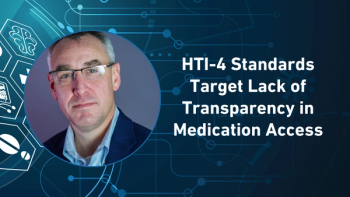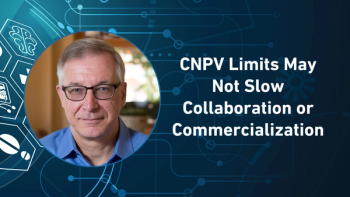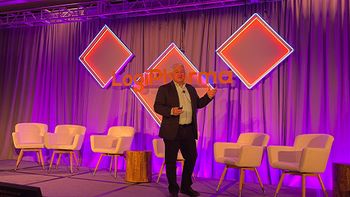
- Pharmaceutical Commerce - March 2021
- Volume 16
- Issue 1
All about the journey
Catchphrase or not, the patient journey is seemingly more complex than ever these days—upping the ante for new strategies in specialty-care support
Our cover headline for
But when applied in the context of healthcare and medicine, and what the essence of being a patient today entails—all the relationships and support systems and treatment regimens and unknowns along the way—I think there is really no more apt description, as simple as it may be.
Especially now, in the age of Covid, with the virus, of course, challenging that journey; but more so, the converging of other factors— some exciting, some a little perilous—that will influence those journeys beyond the pandemic. Things like the rise of specialty drugs and advanced therapies, which, in tow with an aging population, offer great opportunity, but also complex coordination around disease management and quality of life. There seemingly is more touchpoints than ever on a patient’s healthcare journey—that passage from symptoms/diagnosis and understanding to “okay, let’s maintain, stay engaged.”
Or maybe the touchpoints haven’t really grown, they’re just more complicated. But in good and promising ways, too. Take, for example, the various data- and tech-driven specialty pharmacy models that are emerging to help manufacturers and their vendor partners better support patients, providers and payers (see
The goal of all these moving parts, and the players involved, if they can operate in unison, is where the “securing” part comes in. Because it’s about protecting the patients along their journey as well.
We always preach about the importance of the outcome, the destination, if you will, of a healthcare intervention or program. But the rewards, however slight they may be for some patients, are not realized without the ride. We hope you enjoy your journey through our March issue.
Mike Christel is Editorial Director of Pharmaceutical Commerce. He can be reached at
Articles in this issue
over 4 years ago
Today's hub blueprint: Lock in on the journeyover 4 years ago
Specialty access barriers: How technology can helpover 4 years ago
Keeping the message moving during Covidover 4 years ago
Rethinking NCPs in support mixover 4 years ago
Hybrid hubs and today's patient-centric pushover 4 years ago
Health policies high on specialty radar in 2021over 4 years ago
The legal landscape for patient support servicesover 4 years ago
Raising the stakes for market access supportNewsletter
Stay ahead in the life sciences industry with Pharmaceutical Commerce, the latest news, trends, and strategies in drug distribution, commercialization, and market access.




